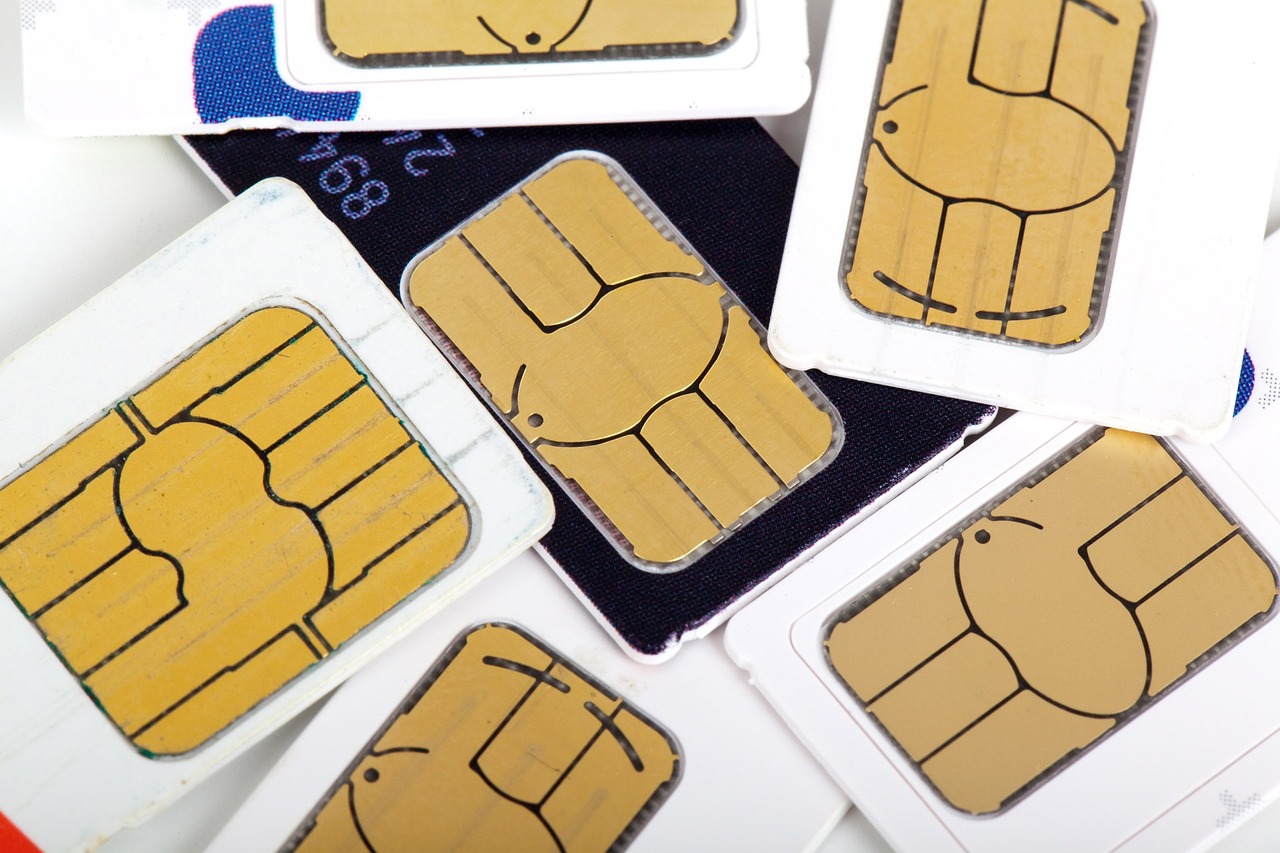Home / Handy Tips /

In the dark world of cybercrime, the SIM swap scam is a growing cybersecurity threat. It’s yet another way scammers hack into your details to send your world into turmoil. This article aims to educate you on what the SIM swap attack is, how it works, and the potential consequences of such attacks. You’ll also learn measures you can take to protect yourself and secure your information from this type of cybercrime.
What is a SIM swap attack?
Also known as a SIM hijacking attack or SIM swap fraud, the SIM swap attack occurs when cybercriminals trick your service provider into switching your service to a SIM card they control. The result is the scammer receives your texts and calls instead of you. If it happens to you, the fraudster now owns your phone number.
The main focus of this scam is two-factor authentication. For example, you go to log into your internet banking. Your bank sends you a verification code to prove it’s you but instead of you receiving the code, the scammer does. This means they can then access your bank account and do whatever they want from there.
How does the SIM swapping scam work?
For a fraudster to initiate the SIM swapping scam, they first need to gain access to your credentials either through phishing attacks or by purchasing compromised account details from dark web marketplaces. In most cases, victims of this scam have their email accounts compromised before the cybercriminal activates the SIM changeover. Many phishing activities involve cybercriminals sending emails posing as your bank or a government department, to trick you into giving them your details. Once this occurs, you are then vulnerable to SIM swap attacks.
Scanning social media profiles is another way fraudsters gather information on potential victims, which is why it’s so important to keep most of your information private on platforms such as Facebook.
With enough personal information, the scammer contacts your carrier, claiming to have lost or damaged the SIM card, and then asks the customer service representative to activate the new SIM. They have possession of the newly-activated SIM which now contains all your details. This is how they can receive texts and calls to your number, intercepting the information to use for their nefarious purposes.
Accessing your bank information is just one consequence of the SIM swap scam. Cybercriminals also receive password resets sent to their phone, giving them access to whatever account they please, whether it be social media, email and much more.
Signs you are the victim of a SIM swap attack
Here are four key indicators to recognise the warning signs of a SIM swap attack.
1. You cannot send texts or make phone calls
If you discover none of your text messages or phone calls are going through, this is the first sign indicating scammers have deactivated your SIM card and now have control of your phone number.
2. You can’t access accounts
If you go to access your online accounts and none of your usual credentials, such as usernames and passwords, are working, this is a sure sign you’ve been hacked. The scammers have likely changed all your login details so only they can gain access. If this happens, contact your bank or affected organisations immediately.
3. You receive notifications of activity elsewhere
Sometimes, you’ll receive a notification, possibly via email, that someone activated your SIM card or phone number on an unknown device.
4. You notice unusual transactions
A prime example of this is your recent credit card statement. As you scan the transactions, you discover purchases or payments that you either don’t recognise or can’t remember making. This may mean you’re the victim of SIM swapping. It’s a signal that cybercriminals have access to your credit card information, and they did this by first stealing your phone number.
How can you protect yourself against a SIM swap attack?
There are ways you can protect yourself against the SIM swapping scandal. Here’s what you can do.
Practice due diligence online
Never click on links in emails, especially from unknown or dubious sources. Even if your bank sends you an email asking you to click a link to update your account information, never click it. Banks, PayPal and other financial institutions and platforms never operate in this way. Avoid opening email attachments or attachments in Messenger messages unless you’re 100% certain the sender is authentic. Don’t reply to phone calls or texts that request your personal information.
Use PIN codes
Some service providers allow you to use a separate PIN code for your phone and other communications. If this service is available, it’s worth setting up as an added layer of protection.
Mobile phone account security
Boost the security of your account with a strong password that’s unique. Provide security questions and answers that only you would know.
Use authentication apps
Apps like Google Authenticator enable two-factor authentication that ties to your device rather than your phone number.
What can you do if you’re a victim of the SIM swap scam?
If you suspect you might be the victim of this insidious practice, here are some things you can do.
Contact your service provider
The moment you suspect a SIM swap, contact your service provider ASAP. Once alerted to fraudulent activity, they’ll be able to disable the scammer’s access to your phone number and end to the scheme.
Change your password and disable two-factor authentication
When your service provider blocks the cybercriminal’s access to your phone number, login, disable two-factor authentication and change your password.
Notify financial institutions
Contact your banks and notify them of the SIM swap attack. They’ll take you through what you can do to protect your finances. As an added measure, you should freeze your accounts until they are secure. This prevents further fraudulent transactions. For unauthorised transactions that took place prior, start the dispute process to receive a refund.
We’ll help you improve your network security
Along with the Sim Swap scam, there are numerous methods cybercriminals use to access your data and other personal information. Computer Cures is here to help you improve your network security, giving you peace of mind that you’re safe from cyberattacks. For more information, call us on 1300 553 166, or fill out our contact form








Leave A Comment